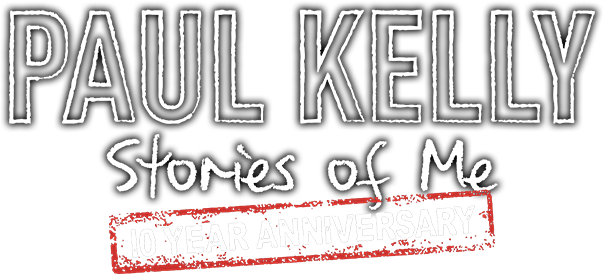Teacher page
How We Read and Write Stories
This section of the resource shows students how we construct our identities through the stories we tell about ourselves. It goes on to explore the nature of documentary and its relationship with reality and invites students to consider how a documentary of themselves might be created.
Students address the Australian Curriculum content by:
- Comparing texts in a variety of contexts, mediums and modes by
- explaining the relationship between purpose and context
- analysing the style and structure of texts including digital texts
- Investigating the representation of ideas, attitudes and voices in texts by
- analysing the ways language features, text structures and stylistic choices shape points of view and influence audiences
- analysing the effects of using multimodal and digital conventions
- analysing how attitude is created
- Creating a range of texts by
- using imaginative, interpretive and persuasive elements for different purposes, contexts and audiences
- experimenting with text structures, language features and multimodal devices
- Reflecting on their own and others’ texts by
- analysing the values and attitudes expressed in texts
- evaluating the effectiveness of texts in representing ideas, attitudes and voices.
The challenge in making the documentary film is how to tell a story and make it an engaging piece of cinema. Some stories are told chronologically, some use continuity threads — for example in music documentaries this could be a record of a tour. In the case of this documentary the structure can be described as non-linear. Viewers are able to create their own meaning spaces by exploring threads such as the compositional process, the influence of family, the nature of love, areas of contrast, for example the love of Kelly’s own parents for each other and Kelly’s personal relationships.
NEXT:
HOW WE READ & WRITE STORIES
